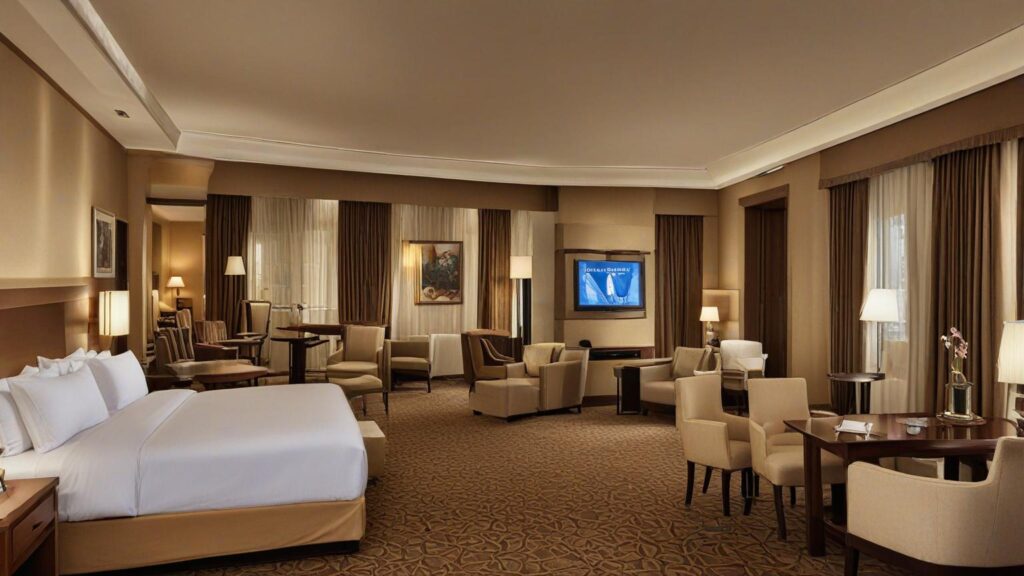
In the past, luxury was like being part of an extraordinary. It was all about having things that were top standard, super high quality, really comfy, great in-store experiences and oh-so-elegant, you feel VIP. But now, luxury isn’t just about that. Without a doubt, people still like having fancy, high-quality stuff, but they also want more. They want experiences that are really cool and different, not just expensive but they care about where things come from and how they’re made. They want to make sure that what they buy isn’t hurting the environment and that people are treated fairly when they make it.
By tradition, luxury in Nepal was about high profile spending – flaunting belongings that showcased social standing. Luxury in Nepal has always been characterized by status symbols – high-end fashion, luxury cars, and lavish lifestyles However, this typical concept of luxury is shifting. Nowadays, Nepali consumers value experiences more than material possessions. The attraction of luxury is no longer solely derived from brand names or price tags but from the emotions and memories created by meaningful experiences. This shift is evident in the rising demand for luxury travel, fine dining, wellness retreats, and immersive cultural experiences.
Today’s consumers are more conscious of how they spend their money. Supporting brands that are kind to the environment, like those that use recycled materials or plant trees, feels luxurious. Giving back to the community, perhaps by volunteering at a local school or supporting fair-trade initiatives, brings a sense of satisfaction that money alone can’t buy.
Moreover, sustainability and ethical practices are increasingly shaping consumer preferences in Nepal. With growing awareness of environmental and social issues, Nepali consumers are scrutinizing the ethical and environmental impact of their purchasing decisions. Luxury brands that prioritize sustainability, ethical sourcing, and corporate responsibility are gaining favor among discerning consumers. From eco-friendly materials to fair-trade practices, sustainability has become a defining factor in the opinion of luxury. Together with global trends, disruptive impact of the internet technology and digitalization are reshaping the way Nepali consumers interact with luxury brands and exclusivity can be. The advent of e-commerce has made luxury goods more accessible, allowing consumers to look through and purchase products from the comfort of their homes. Social media platforms have emerged as powerful tools for brand promotion and storytelling, enabling luxury brands to connect with their audience on a more personal level.
Also, there is an increasing gratitude for our own country’s luxury brands in Nepal. While int’l luxury brands continue to take over the market, there is a growing acknowledgement of local craftsmanship and heritage. Nepali designers are garnering acclaim for their unique creations that blend tradition with modernity. This shift towards supporting local talent reflects a desire for authenticity and cultural identity among consumers. In conclusion, the evolving consumer mindset in Nepal presents both challenges and opportunities for luxury brands. To remain relevant and resonate with changing preferences, brands must adapt their strategies. Prioritizing experiential luxury, sustainability, and digital innovation is crucial for forging deeper connections with consumers and thriving in an ever-changing market. By understanding the dynamic landscape of luxury consumption in Nepal and embracing these shifts, brands can position themselves for success in the future.
